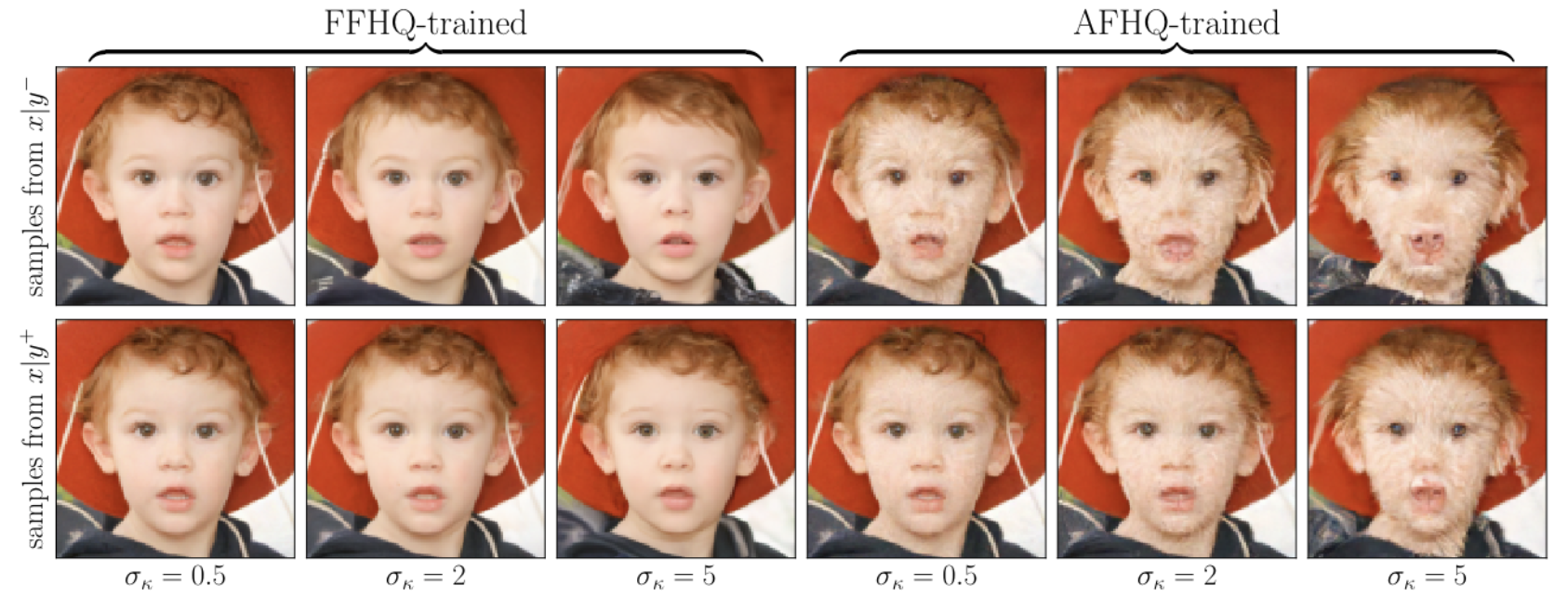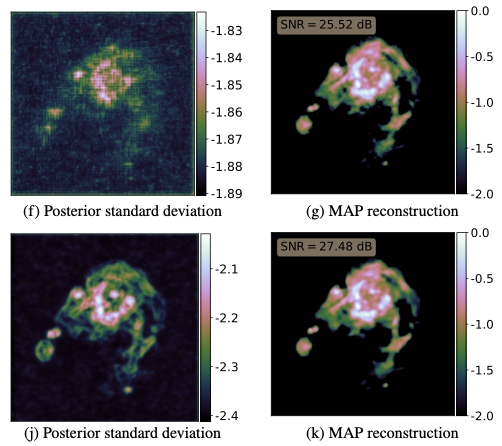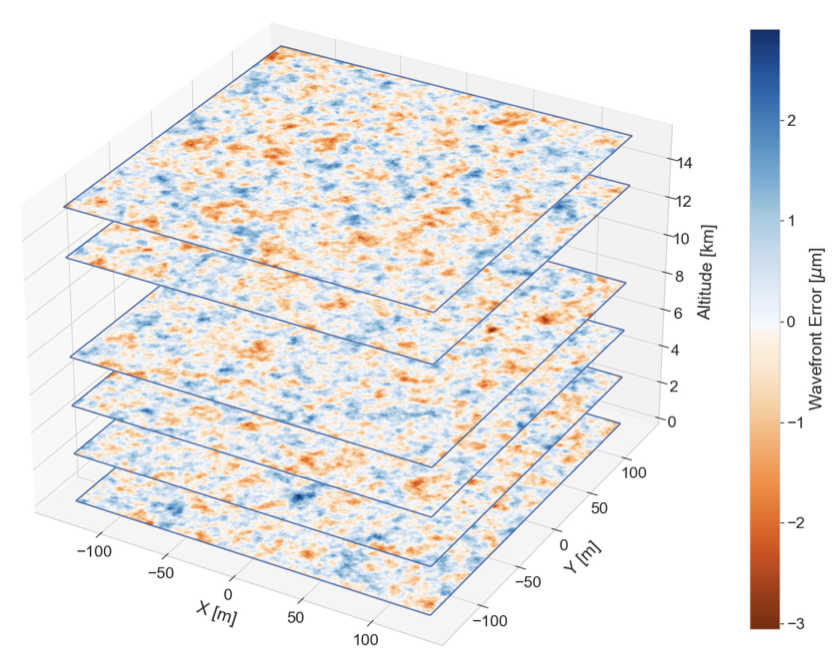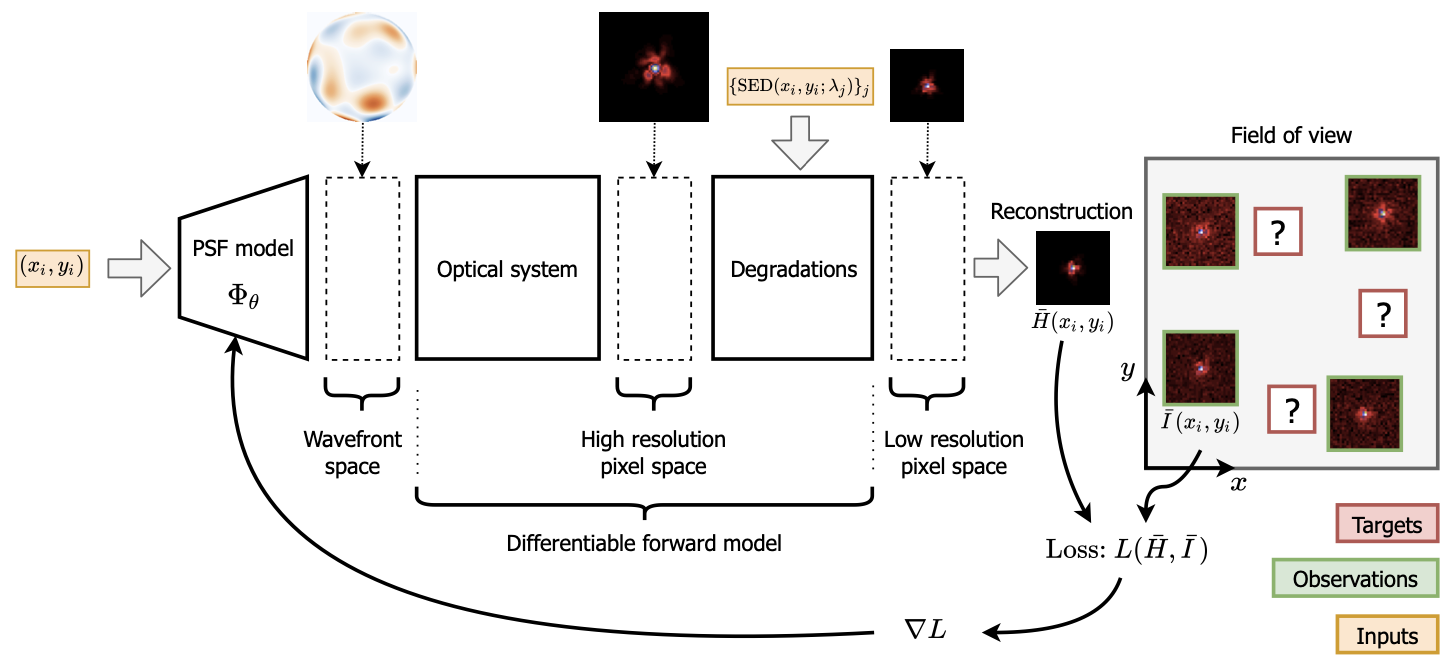Tobías I. Liaudat
I am a staff research scientist at the Institute of research into the fundamental laws of the Universe (IRFU) in the (CEA) Saclay near Paris.
My research lies at the crossroads of signal processing, statistics, machine learning and physics. I am particularly interested in leveraging recent artificial intelligence techniques and developing new methodologies that can be applied to inverse problems in a wide range of scientific applications like astronomy, cosmology and radio interferometry. In other words, putting AI at the service of science.
I am a member of the Euclid consortium, and the Laser Interferometer Space Antenna (LISA) consortium, two missions from the European Space Agengy (ESA). In addition, I am also member of the James Webb Space Telescope (JWST) COSMOS-Web survey, and the UNIONS survey science collaboration.
News
| Dec 17, 2025 | |
|---|---|
| Dec 6, 2024 | Position filled. |
| Dec 4, 2024 | Position filled. |
| Dec 4, 2024 | Position filled. |
| Jun 6, 2024 | Position filled. |




